
Sōtō Zen or the Sōtō school is the largest of the three traditional sects of Zen in Japanese Buddhism. It is the Japanese line of the Chinese Cáodòng school, which was founded during the Tang dynasty by Dòngshān Liánjiè. It emphasizes Shikantaza, meditation with no objects, anchors, or content. The meditator strives to be aware of the stream of thoughts, allowing them to arise and pass away without interference.
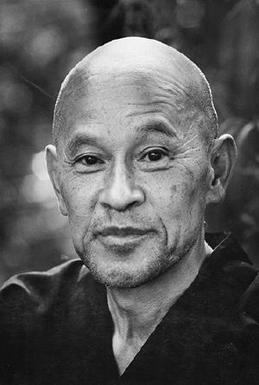
Shunryu Suzuki was a Sōtō Zen monk and teacher who helped popularize Zen Buddhism in the United States, and is renowned for founding the first Zen Buddhist monastery outside Asia. Suzuki founded San Francisco Zen Center which, along with its affiliate temples, comprises one of the most influential Zen organizations in the United States. A book of his teachings, Zen Mind, Beginner's Mind, is one of the most popular books on Zen and Buddhism in the West.
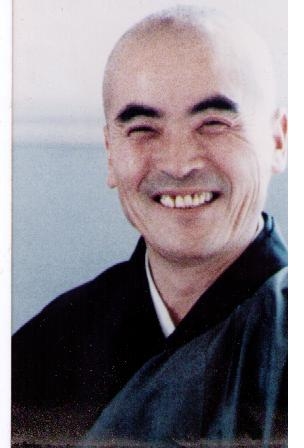
JikaiDainin Katagiri, was a Sōtō Zen priest and teacher, and the founding abbot of Minnesota Zen Meditation Center in Minneapolis, Minnesota, where he served from 1972 until his death from cancer in 1990. He is also the founder of Hokyoji Zen Practice Community in Eitzen, Minnesota. Before becoming first abbot of the Minnesota Zen Meditation Center, Katagiri had worked at the Zenshuji Soto Zen Mission in Los Angeles and had also been of great service to Shunryu Suzuki at the San Francisco Zen Center, particularly from 1969 until Suzuki's death in 1971. Katagiri was important in helping bring Zen Buddhism from Japan to the United States during its formative years. He is also the credited author of several books compiled from his talks.

San Francisco Zen Center (SFZC), is a network of affiliated Sōtō Zen practice and retreat centers in the San Francisco Bay area, comprising City Center or Beginner's Mind Temple, Tassajara Zen Mountain Center, and Green Gulch Farm Zen Center. The sangha was incorporated by Shunryu Suzuki Roshi and a group of his American students in 1962. Today SFZC is the largest Sōtō organization in the West.

The term American Buddhism can be used to describe all Buddhist groups within the United States, including Asian-American Buddhists born into the faith, who comprise the largest percentage of Buddhists in the country.
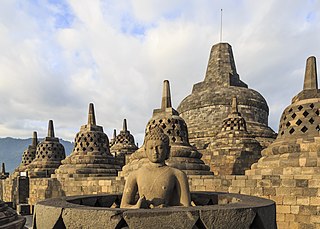
Buddhist religious architecture developed in the Indian subcontinent. Three types of structures are associated with the religious architecture of early Buddhism: monasteries (viharas), places to venerate relics (stupas), and shrines or prayer halls, which later came to be called temples in some places.

Buddhist temples or Buddhist monasteries together with Shinto shrines, are considered to be amongst the most numerous, famous, and important religious buildings in Japan. The shogunates or leaders of Japan have made it a priority to update and rebuild Buddhist temples since the Momoyama period. The Japanese word for a Buddhist monastery is tera (寺) and the same kanji also has the pronunciation ji, so that temple names frequently end in -dera or -ji. Another ending, -in (院), is normally used to refer to minor temples. Such famous temples as Kiyomizu-dera, Enryaku-ji and Kōtoku-in are temples which use the described naming pattern.

Wat Mongkolratanaram is a small Thai Buddhist temple located in Berkeley, California. A wat, it mainly attracts Thai American Buddhists, many of whom are students at the University of California, Berkeley, but it also draws in many local, non-Buddhists who come searching for the authentic Thai food public brunch on Sundays or attend its frequent cultural events. The temple is home to a Thai school for San Francisco Bay Area youth, as well as Berkeley's Thai Cultural Center.
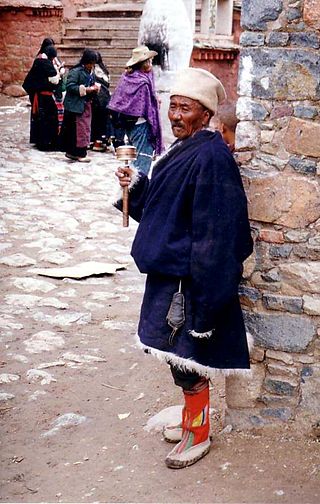
The most important places in Buddhism are located in the Indo-Gangetic Plain of southern Nepal and northern India. This is the area where Gautama Buddha was born, lived, and taught, and the main sites connected to his life are now important places of pilgrimage for both Buddhists and Hindus. Many countries that are or were predominantly Buddhist have shrines and places which can be visited as a pilgrimage.

Sanshin Zen Community is a Soto Zen sangha based at the temple Sanshin-ji in Bloomington, Indiana founded by Shohaku Okumura.

Kōbun Otogawa was an American Sōtō Zen priest.
Below is a timeline of important events regarding Zen Buddhism in the United States. Dates with "?" are approximate.
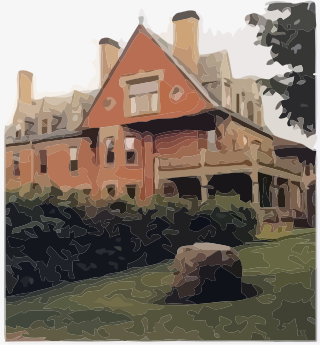
The phrase Zen center was coined by American students of Shunryu Suzuki in the mid-twentieth century, and the San Francisco Zen Center became the first Zen center, incorporating in 1962. Neither temples nor monasteries, Zen centers occupy a unique place in the historical development of Zen Buddhism and of Buddhism in the United States.

This is the glossary of Japanese Buddhism, including major terms the casual reader might find useful in understanding articles on the subject. Words followed by an asterisk (*) are illustrated by an image in one of the photo galleries. Within definitions, words set in boldface are defined elsewhere in the glossary.

Shichidō garan is a Japanese Buddhist term indicating the seven halls composing the ideal Buddhist temple compound. This compound word is composed of shichidō (七堂), literally meaning "seven halls", and garan (伽藍), meaning "temple". The term is often shortened to just garan. Which seven halls the term refers to varies, and 七堂 may be a misinterpretation of shitsudō (悉堂), meaning "complete temple". In practice, shichidō garan often simply means a large temple with many buildings.
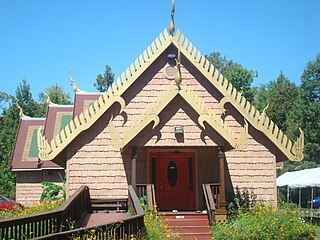
Wat Pasantidhamma, meaning "a peaceful temple in the woods", is a Thai Theravada Buddhist temple located at 14289 Chapmans Lane in rural Carrollton, Virginia. It is a non-profit religious organization serving the Thai and Thai American communities. Established as the first Buddhist temple in the Tidewater (southeastern) region of Virginia in 1998, it remains as of 2010 one of three in the State.
Kannon Do Zen Meditation Center provides Sōtō Zen practice in the San Francisco Peninsula and the South Bay. Named after Kannon, the Buddhist personification of compassion, the center provides a supportive environment in which Americans can experience traditional Zen teaching.
Zen was introduced in the United States at the end of the 19th century by Japanese teachers who went to America to serve groups of Japanese immigrants and become acquainted with the American culture. After World War II, interest from non-Asian Americans grew rapidly. This resulted in the commencement of an indigenous American Zen tradition which also influences the larger western (Zen) world.

























